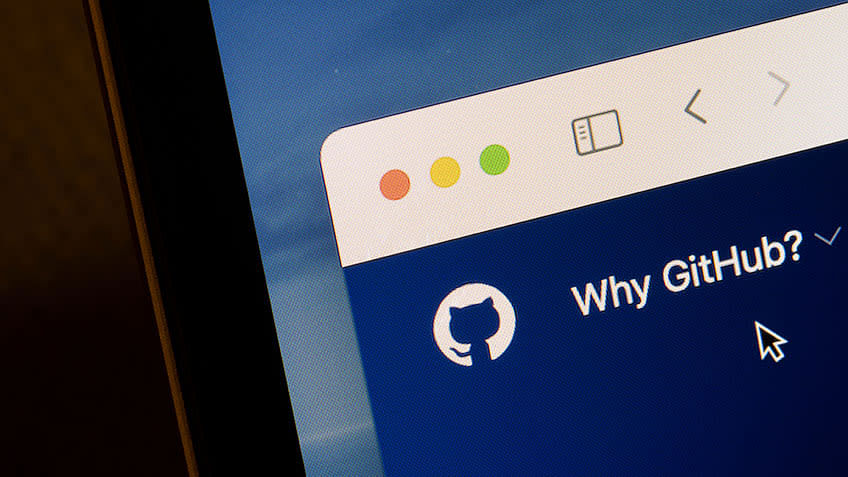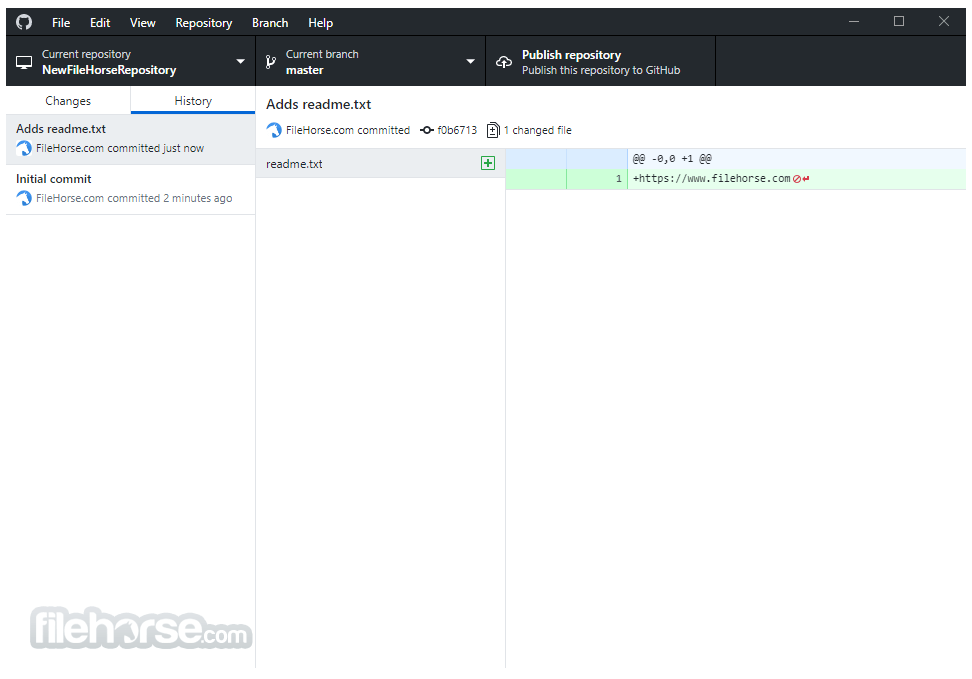
READMEs helps people understand the purpose of your project, so we recommend selecting this and filling it out with helpful information. Initialize this repository with a README creates an initial commit with a README.md file.GitHub Desktop remembers your chosen location the next time you create or clone a new repository. For example, if you name your repository Tutorial, a folder named Tutorial is created inside the folder you selected for your local path. Your new repository will be a folder inside the chosen location.


By default, GitHub Desktop creates a GitHub folder inside your Documents folder to store your repositories, but you can choose any location on your computer. "Local path" sets the location of your repository on your computer."Description" is an optional field that you can use to provide more information about the purpose of your repository."Name" defines the name of your repository both locally and on GitHub.In the "Create a New Repository" window, fill in the fields and select your preferred options.Click Create a New Repository on your Hard Drive.If you do not wish to create and clone a tutorial repository, you can create a new repository.
#Github desktop app install
Follow the prompts in the tutorial to install a text editor, create a branch, edit a file, make a commit, publish to GitHub, and open a pull request. We recommend that you create and clone a tutorial repository as your first project to practice using GitHub Desktop. If you do not have any repositories associated with GitHub Desktop, you will see a "Let's get started!" view, where you can choose to create and clone a tutorial repository, clone an existing repository from the Internet, create a new repository, or add an existing repository from your hard drive.Ĭreating and cloning a tutorial repository After you install the app, you will need to sign in and authenticate your account on GitHub or GitHub Enterprise before you can create and clone a tutorial repository.įor more information on installing and authenticating, see " Setting up GitHub Desktop." Part 2: Creating a new repository You can install GitHub Desktop on any supported operating system. Part 1: Installing GitHub Desktop and authenticating your account We recommend completing the tutorial, but if you want to explore GitHub Desktop by creating a new repository, this guide will walk you through using GitHub Desktop to work on a Git repository. The tutorial is available if you do not have any repositories on GitHub Desktop yet. The tutorial will introduce the basics of working with Git and GitHub, including installing a text editor, creating a branch, making a commit, pushing to, and opening a pull request. By the end of this guide, you'll have used GitHub Desktop to create a repository, make changes to the repository, and publish the changes to GitHub.Īfter installing GitHub Desktop and signing into GitHub or GitHub Enterprise you can create and clone a tutorial repository. 
GitHub Desktop extends and simplifies your workflow, using a visual interface instead of text commands on the command line.







 0 kommentar(er)
0 kommentar(er)
